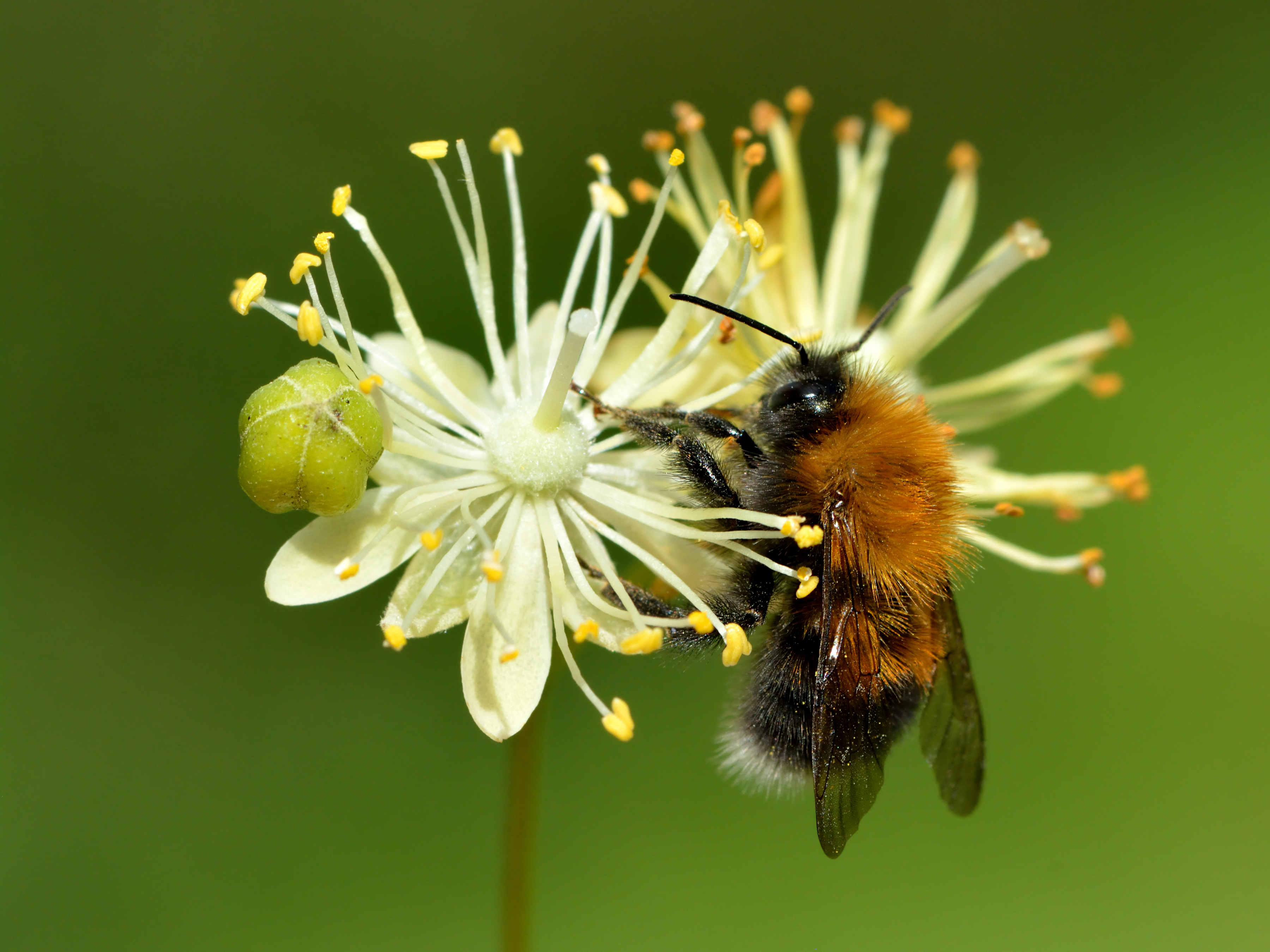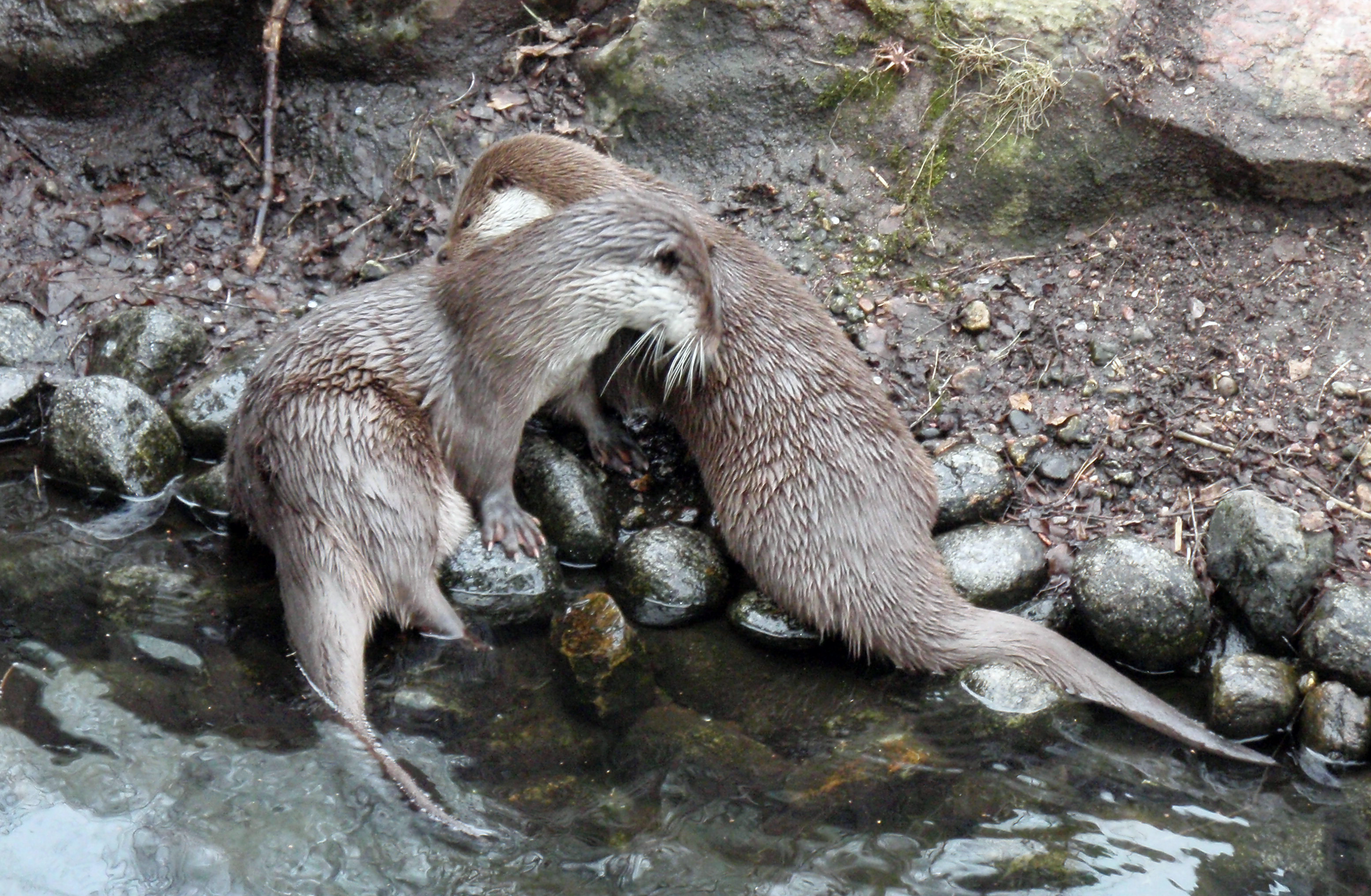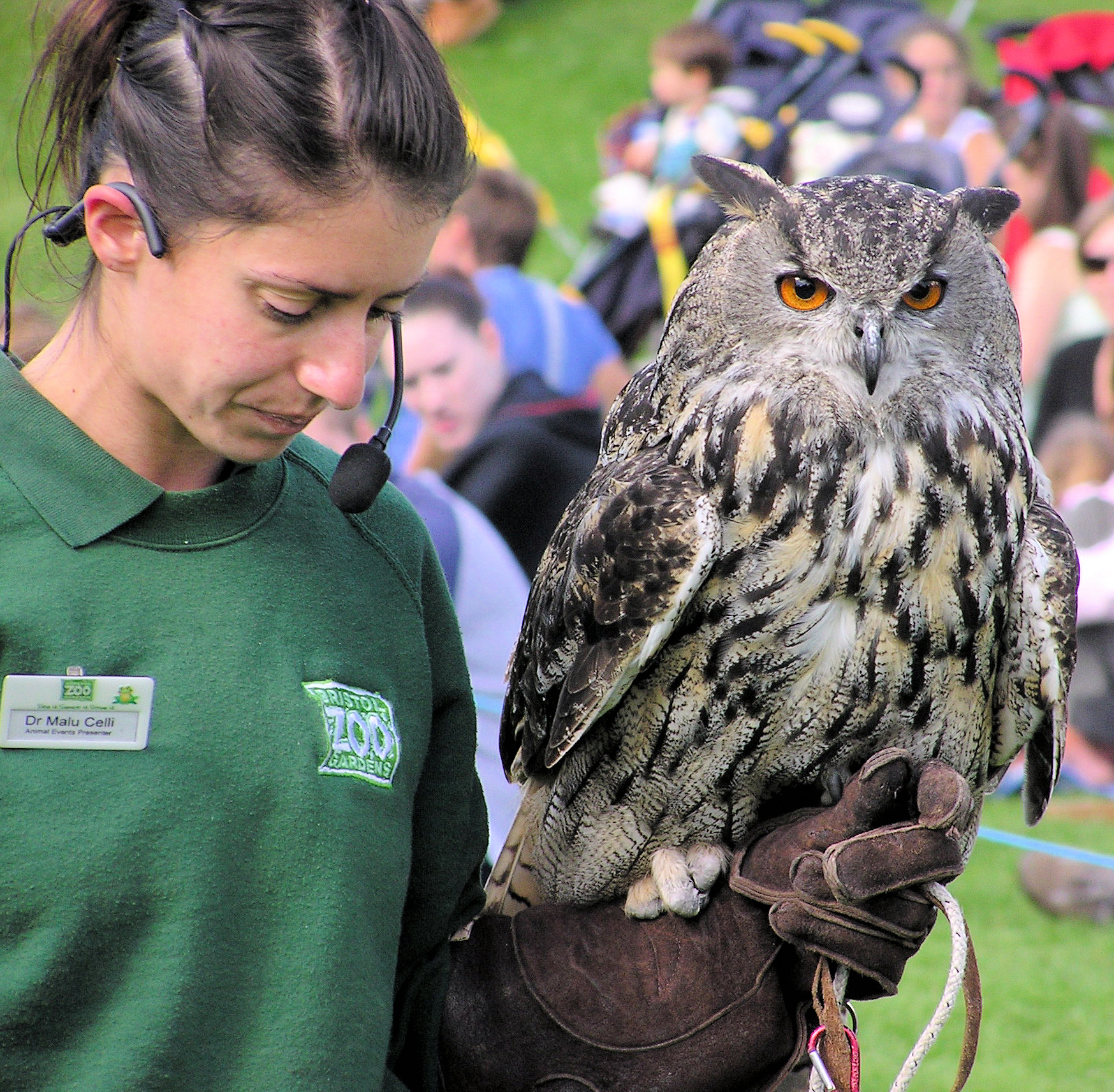|
Mäsiarsky Bok
Mäsiarsky bok is a nature reserve in the Slovak municipality of Krupina. It covers an area of 127.81 ha and has a protection level of 5 on national level. The national nature reserve is located at between 350 and 545 m above sea level on the eastern side of the road connecting Krupina and Babiná. The protected area is declared for the protection of a forest complex with fragments of original or little changed forest stands on rocky slopes, for scientific research and educational purposes. The geological foundation of the whole area consists of pyroxene andesite and pyroclastic rock with a layer of clay-loam on top. The rocks formed rock cliffs and stone seas. The small Krupinica stream flows through the reserve. The predominant tree species are oak and beech. Other present species are cherry, hornbeam, maple, ash and linden. More than 60% of the trees is more than 100 years old and about 15% even more than 150 years. These stands are one of the most valuable natur ... [...More Info...] [...Related Items...] OR: [Wikipedia] [Google] [Baidu] |
Nature Reserve
A nature reserve (also known as a wildlife refuge, wildlife sanctuary, biosphere reserve or bioreserve, natural or nature preserve, or nature conservation area) is a protected area of importance for flora, fauna, funga, or features of geological or other special interest, which is reserved and managed for purposes of Conservation (ethic), conservation and to provide special opportunities for study or research. They may be designated by government institutions in some countries, or by private landowners, such as charities and research institutions. Nature reserves fall into different IUCN protected area categories, IUCN categories depending on the level of protection afforded by local laws. Normally it is more strictly protected than a nature park. Various jurisdictions may use other terminology, such as ecological protection area or private protected area in legislation and in official titles of the reserves. History Cultural practices that roughly equate to the establishmen ... [...More Info...] [...Related Items...] OR: [Wikipedia] [Google] [Baidu] |
Tilia Cordata
''Tilia cordata'', the small-leaved lime or small-leaved linden, is a species of tree in the family Malvaceae, native to much of Europe. Other common names include little-leaf or littleleaf linden, or traditionally in South East England, pry or pry tree. Its range extends from Great Britain, Britain through mainland Europe to the Caucasus and western Asia. In the south of its range it is restricted to high elevations. Description ''Tilia cordata'' is a deciduous tree growing to tall, diameter 1/3 to 1/2 the height, with a trunk up to diameter. The largest known trunk circumference was a specimen in Närke, Sweden, that measured circumference at chest height. There are lime trees in Germany that are said to be over 1000 years old. The bark is smooth and grayish when young, firm with vertical ridges and horizontal fissures when older. The crown is rounded in a formal oval shape to pyramidal. Branching is upright and increases in density with age. The leaf, leaves are alternately ... [...More Info...] [...Related Items...] OR: [Wikipedia] [Google] [Baidu] |
Hazel Dormouse
The hazel dormouse or common dormouse (''Muscardinus avellanarius'') is a small dormouse species native to Europe and the only living species in the genus ''Muscardinus''. Distribution and habitat The hazel dormouse is native to northern Europe and Asia Minor. It is the only dormouse native to the British Isles, and is therefore often referred to simply as the "dormouse" in British sources, although the edible dormouse, ''Glis glis'', has been accidentally introduced and now has an established population in South East England. Though Ireland has no native dormouse, the hazel dormouse was discovered in County Kildare in 2010, and appears to be spreading rapidly, helped by the prevalence of hedgerows in the Irish countryside. The United Kingdom distribution of the hazel dormouse can be found on theNational Biodiversity Network website A 2020 study found that hazel dormice in Britain have declined by 51% since 2000. Woodland habitat loss and management and a warming climate are see ... [...More Info...] [...Related Items...] OR: [Wikipedia] [Google] [Baidu] |
Large Copper
The large copper (''Lycaena dispar'') is a butterfly of the family Lycaenidae. ''L. dispar'' has been commonly arranged into three subspecies: ''L. dispar dispar'', (single-brooded) which was commonly found in England, but is now extinct, ''L. d. batavus'', (single-brooded) can be found in the Netherlands and has unsuccessfully been reintroduced into the United Kingdom, and lastly, ''L. d. rutilus'', (double-brooded) which is widespread across central and southern Europe. The latter has been declining in many European countries, due to habitat loss. Currently ''L. dispar'' is in severe decline in northwest Europe, but expanding in central and northern Europe. Description From Seitz C. dispar Haw. (76). Very variable in size, many specimens [of ''dispar dispar''] being smaller than large ''rutilus'' [now subspecies] ; differs from the latter in the larger spots of the underside, especially in the female. In the male an additional black spot appears frequently, but not always, in ... [...More Info...] [...Related Items...] OR: [Wikipedia] [Google] [Baidu] |
Eurasian Otter
The Eurasian otter (''Lutra lutra''), also known as the European otter, Eurasian river otter, European river otter, common otter, and Old World otter, is a semiaquatic mammal native to Eurasia and the Maghreb. The most widely distributed member of the otter subfamily (Lutrinae) of the Mustelidae, weasel family (Mustelidae), it is found in the waterways and coasts of Europe, many parts of Asia, and parts of northern Africa. The Eurasian otter has a diet mainly of fish, and is strongly territorial. It is endangered in some parts of its range, but is recovering in others. Description The Eurasian otter is a typical species of the otter subfamily. Brown above and cream below, these long, slender creatures are well-equipped for their aquatic habits. Their bones show osteosclerosis, increasing their density to reduce buoyancy. This otter differs from the North American river otter by its shorter neck, broader visage, the greater space between the ears and its longer tail. However, the ... [...More Info...] [...Related Items...] OR: [Wikipedia] [Google] [Baidu] |
Lucanus Cervus
''Lucanus cervus'', known as the European stag beetle, or the greater stag beetle, is one of the best-known species of stag beetle (family Lucanidae) in Western Europe, and is the eponymous example of the genus. ''L. cervus'' is listed as Near Threatened by the IUCN Red List. Taxonomy ''Lucanus cervus'' is situated in the genus ''Lucanus'' within the family Lucanidae. In the genus there are two subgenera: ''Lucanus'' Scopoli, 1763 and ''Pseudolucanus'' Hope and Westwood, 1845. The species ''L. cervus'' contains four subspecies. The nominate subspecies ''L. cervus cervus'' (Linnaeus, 1758) was established via the original description of the species in 1758. The three latterly added subspecies are ''L. cervus judaicus'' Planet, 1900, ''L. cervus laticornis'' Deyrolle, 1864, and ''L. cervus turcicus'' Sturm, 1843. Description The European stag beetle is the largest beetle in Europe. Their colour is usually black with reddish Elytron, elytra (and red mandibles in males). Sexual dim ... [...More Info...] [...Related Items...] OR: [Wikipedia] [Google] [Baidu] |
Eriogaster Catax
''Eriogaster catax'', commonly known as the eastern eggar, is a species of moth in the family Lasiocampidae. Description ''Eriogaster catax'' has a wingspan of in males, of in the females. This species shows a pronounced sexual dimorphism. The males are smaller and have feathery antennae. In males the basal part of the front wing is yellow-orange, while the outer part is pinkish-brown. In the females the front wings are browner. In both sexes, the front wings show a transversal line and a white discal spot within a dark border. Hind wings have no markings. Females are larger and at the end of the abdomen they have a tuft of dense gray-black hairs. The eggs hatch in April. The larvae feed on ''Crataegus'', ''Quercus'', ''Betula'', ''Populus'', ''Prunus'' and ''Berberis ''Berberis'' (), commonly known as barberry, is a large genus of deciduous and evergreen shrubs from tall, found throughout temperate and subtropical regions of the world (apart from Australia). Species div ... [...More Info...] [...Related Items...] OR: [Wikipedia] [Google] [Baidu] |
Eurasian Eagle-owl
The Eurasian eagle-owl (''Bubo bubo'') is a species of eagle-owl, a type of bird that resides in much of Eurasia. It is often just called the eagle-owl in Europe and Asia. It is one of the largest species of owl. Females can grow to a total length of , with a wingspan of . Males are slightly smaller.''Owls of the World: A Photographic Guide'' by Mikkola, H. Firefly Books (2012), This bird has distinctive ear tufts, with upper parts that are mottled with darker blackish colouring and tawny. The wings and tail are barred. The underparts are a variably hued buff, streaked with darker colouring. The facial disc is not very defined. The orange eyes are distinctive.Penteriani, V., & del Mar Delgado, M. (2019). ''The eagle owl''. Bloomsbury Publishing. At least 12 subspecies of the Eurasian eagle-owl are described. Eurasian eagle-owls are found in many habitats; mostly Mountain ecosystems, mountainous and Rock (geology), rocky areas, often near varied woodland edge and near shrubby a ... [...More Info...] [...Related Items...] OR: [Wikipedia] [Google] [Baidu] |
Common Buzzard
The common buzzard (''Buteo buteo'') is a medium-to-large bird of prey which has a large range. It is a member of the genus '' Buteo'' in the family Accipitridae. The species lives in most of Europe and extends its breeding range across much of the Palearctic as far as northwestern China (Tian Shan), far western Siberia and northwestern Mongolia.Ferguson-Lees, J., & Christie, D. A. (2001). ''Raptors of the world''. Houghton Mifflin Harcourt. Over much of its range, it is a year-round resident. However, buzzards from the colder parts of the Northern Hemisphere as well as those that breed in the eastern part of their range typically migrate south for the northern winter, many journeying as far as South Africa.Bildstein, K. L., & Zalles, J. I. (2005). ''Old World versus New World long-distance migration in accipiters, buteos, and falcons''. Birds of two worlds: the ecology and evolution of migration. Johns Hopkins University Press, Baltimore, Maryland, USA, 154–167. The common buz ... [...More Info...] [...Related Items...] OR: [Wikipedia] [Google] [Baidu] |
Red Fox
The red fox (''Vulpes vulpes'') is the largest of the true foxes and one of the most widely distributed members of the order Carnivora, being present across the entire Northern Hemisphere including most of North America, Europe and Asia, plus parts of North Africa. It is listed as least concern on the IUCN Red List. Its range has increased alongside human expansion, having been Foxes in Australia, introduced to Australia, where it is considered harmful to native small and medium-sized rodents and marsupials. Due to its impact on native species, it is included on the list of the "List of the world's 100 worst invasive species, world's 100 worst invasive species". The red fox originated in Eurasia during the Middle Pleistocene at least 400,000 years ago and later colonised North America sometime prior to 130,000 years ago. Among the true foxes, the red fox represents a more progressive form in the direction of Carnivore, carnivory. Apart from its large size, the red fox is distin ... [...More Info...] [...Related Items...] OR: [Wikipedia] [Google] [Baidu] |
Wild Boar
The wild boar (''Sus scrofa''), also known as the wild swine, common wild pig, Eurasian wild pig, or simply wild pig, is a Suidae, suid native to much of Eurasia and North Africa, and has been introduced to the Americas and Oceania. The species is now one of the widest-ranging mammals in the world, as well as the most widespread Suina, suiform. It has been assessed as least concern on the IUCN Red List due to its wide range, high numbers, and adaptability to a diversity of habitats. It has become an invasive species in part of its introduced range. Wild boars probably originated in Southeast Asia during the Early Pleistocene and outcompeted other suid species as they spread throughout the Old World. , up to 16 subspecies are recognized, which are divided into four regional groupings based on skull height and lacrimal bone length. The species lives in matriarchal societies consisting of interrelated females and their young (both male and female). Fully grown males are usually s ... [...More Info...] [...Related Items...] OR: [Wikipedia] [Google] [Baidu] |





